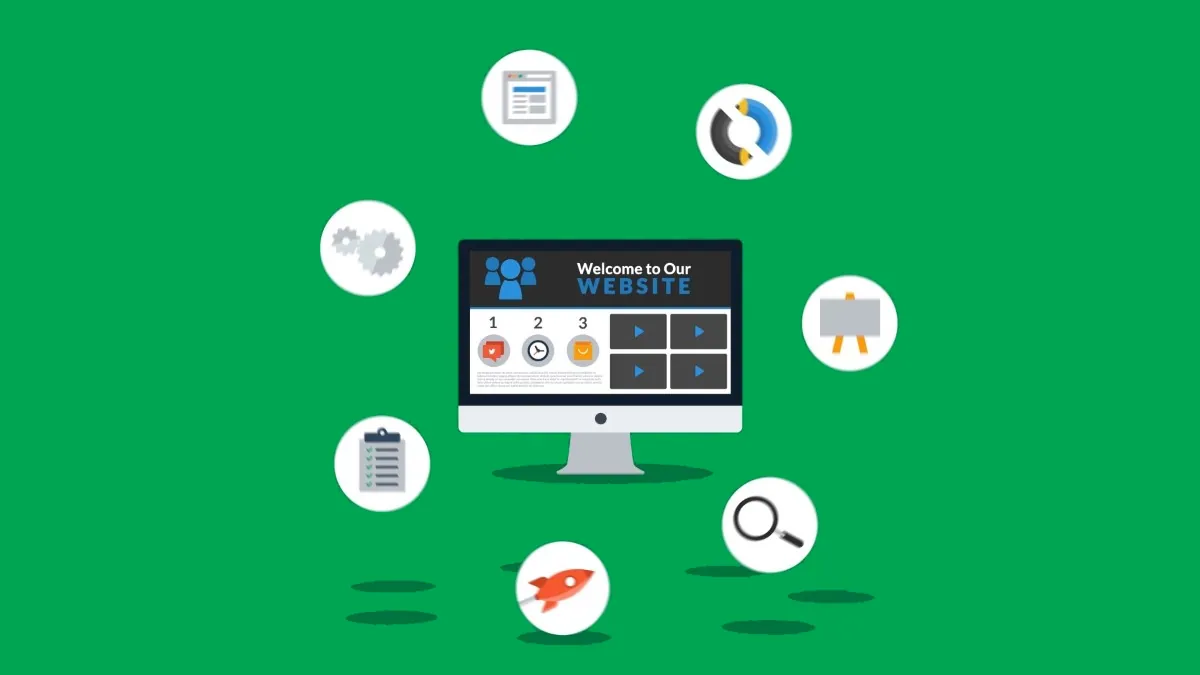When it comes to creating a strong online presence, nothing is more essential than an aesthetically pleasing and user-friendly website. In today’s digital age, a well-designed website serves as the storefront of any business, making a lasting impression on visitors and potential customers. From the layout to the color scheme, every element of a website plays a crucial role in shaping the overall user experience. In this article, we’ll delve into the key aspects of website design, providing valuable insights and practical tips to help businesses and individuals create compelling online platforms.

Understanding User Experience (UX)
At the heart of website design lies the concept of user experience (UX). A website’s design should prioritize the needs and behaviors of its users, ensuring that every interaction is intuitive and seamless. This involves understanding the target audience, anticipating their needs, and designing a website that caters to their preferences. By placing the user at the center of the design process, businesses can create websites that are not only visually appealing but also highly functional.
Strategic Layout and Navigation
The layout and navigation of a website are paramount in guiding visitors through the content and driving engagement. Clear and organized navigation ensures that users can easily find the information they seek, leading to a positive user experience. Strategic placement of elements, such as call-to-action buttons and contact forms, can influence user behavior and encourage desired actions. Additionally, a responsive design that adapts to various devices is crucial in today’s mobile-centric landscape, ensuring that the website looks and functions flawlessly across different screen sizes.
Visual Appeal and Brand Identity
Visual elements, including the choice of colors, typography, and imagery, contribute to the overall aesthetics of a website and play a pivotal role in conveying the brand’s identity. Consistent branding across the website helps establish a strong identity and fosters brand recognition. Thoughtful use of color psychology can evoke specific emotions and influence user perceptions, while high-quality imagery can captivate visitors and communicate the brand’s story effectively.
Optimizing for Performance and SEO
Behind the captivating visuals, website performance and search engine optimization (SEO) are fundamental to its success. A well-designed website should prioritize loading speed, ensuring that visitors are not deterred by sluggish performance. Additionally, implementing SEO best practices, such as optimizing meta tags, using descriptive URLs, and creating valuable content, can improve the website’s visibility and organic traffic, ultimately contributing to its effectiveness as a marketing tool.
Responsive and Accessible Design
Accessibility and inclusivity are integral to the design process, ensuring that the website is usable by individuals of all abilities. Implementing responsive design principles makes the website accessible across a wide range of devices, accommodating users who access the site from smartphones, tablets, or desktop computers. Furthermore, adhering to accessibility standards, such as providing alt text for images and ensuring keyboard navigation, allows individuals with disabilities to access and navigate the website effectively.
Engaging Content and Interaction
Beyond the visual and structural components, compelling content and interactive elements are pivotal in capturing and maintaining visitors’ interest. Engaging storytelling, informative blog posts, and multimedia content can enrich the user experience and establish a connection with the audience. Interactive features, such as quizzes, polls, and feedback forms, encourage user participation and create opportunities for meaningful interactions, fostering a sense of community and engagement.
Continuous Improvement and A/B Testing
Effective website design is an ongoing process that involves continuous improvement and optimization. A/B testing different design elements and functionalities can provide valuable insights into user preferences and behaviors, allowing for data-driven decisions to enhance the website’s performance. By regularly evaluating and refining the design based on user feedback and analytics, businesses can ensure that their website remains relevant, effective, and aligned with evolving user expectations.
Conclusion
Website design is a multifaceted art that combines creativity, usability, and strategic thinking to craft compelling digital experiences. By prioritizing user experience, strategic design choices, and performance optimization, businesses and individuals can create websites that not only captivate visitors but also drive meaningful engagement and support their overarching goals. With the right blend of visual appeal, functionality, and compelling content, a well-designed website can serve as a powerful tool for communicating brand identity, establishing credibility, and fostering lasting connections with the audience.
